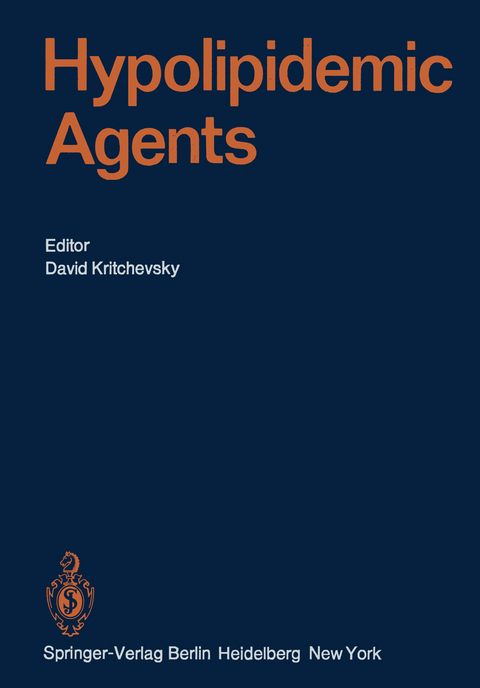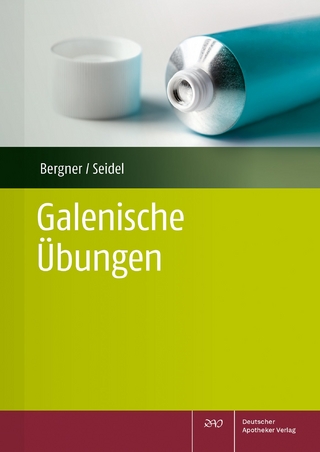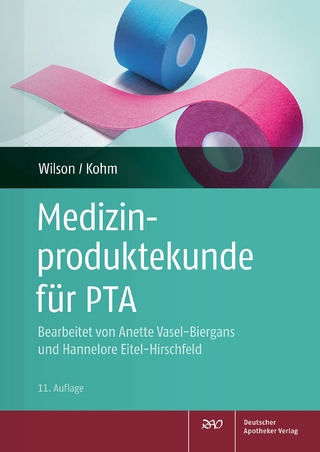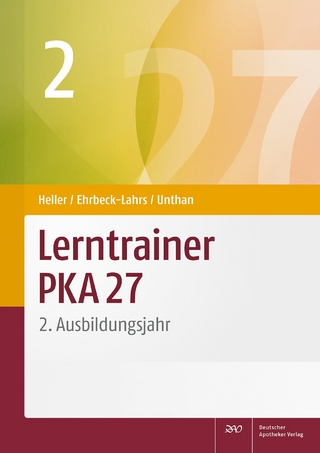
Hypolipidemic Agents
Springer Berlin (Verlag)
978-3-642-66192-1 (ISBN)
1 Cholesterol Biosynthesis in vitro.- I. Cell-Free Homogenates.- II. Microsomal and Soluble Enzymes; Squalene and Sterol Carrier Protein Applications.- III. Preparations and Activity Assays.- References.- 2 Cholesterol Metabolism in Man.- I. Introduction.- II. Distribution of Cholesterol in the Body.- III. Functions of Cholesterol.- IV. Synthesis of Cholesterol.- V. Absorption of Dietary Cholesterol.- VI. Catabolism of Cholesterol and Its Losses from the Body Pools.- VII. Plasma Cholesterol.- VIII. Relationship of Cholesterol in Plasma and Tissue Pools.- IX. Homeostasis of Plasma Cholesterol.- X. Plasma Cholesterol Esters.- XI. Proposed Model for Cholesterol Metabolism in Man.- XII. Cholesterol Metabolism in Hyperlipoproteinemias.- References.- 3 Bile Acid Metabolism.- I. Introduction.- II. Enterohepatic Circulation.- III. Different Parameters of Bile Acid Metabolism.- IV. Regulation of Cholesterol Catabolism via Bile Acids.- V. Physiological Factors Influencing Bile Acid Metabolism.- VI. Effects of Hormones on Bile Acids.- VII. Hyperlipidaemia.- References.- 4 Mechanisms of Hyperlipidemia.- I. Introduction.- II. Normal Levels of Plasma Triglycerides and Cholesterol.- III. The Plasma Lipoprotein Spectrum.- IV. The Metabolism of Constituents of Plasma Lipoproteins.- V. Classification of Hyperlipidemias.- References.- 5 Lipoproteins and Lipoprotein Metabolism.- I. Structure and Functions of Lipoproteins.- II. Synthesis of Lipoproteins.- III. Lipoprotein Metabolism.- IV. The Hyperlipoproteinemias.- V. Treatment of Hyperpoproteinemia.- References.- 6 Animal Models for Atherosclerosis Research.- I. Rabbit.- II. Rat.- III. Chicken.- IV. Dog.- V. Pigeons.- VI. Swine.- VII. Primates.- References.- 7 Lipoprotein Formation in the Liver Cell (Ultrastructural and Functional AspectsRelevant to Hypolipidemic Action).- I. Introduction.- II. The Concept of Membrane Flow and Its Relevance to Secretion.- III. Formation and Secretion of Lipoproteins.- IV. Regulation of Lipoprotein Secretion.- V. Concluding Remarks.- References.- 8 Vascular Metabolism, Vascular Enzymes, and the Effect of Drugs.- I. Notes on Vascular Metabolism.- II. Vascular Enzyme Studies.- III. The Effect of Drugs.- Concluding Remarks.- Abbreviations.- References.- 9 Hypolipidemic Agents.- I. Introduction.- II. The Coronary Drug Project.- III. Nicotinic Acid and Analogs.- IV. Pyrazoles and Isoxazoles.- V. Diethyl Chelidonate.- VI. The Role of the Second Messenger in Lipolysis.- VII. Catecholamines, Adrenergic Blocking Agents.- VIII. Miscellaneous Inhibitors of Lipolysis.- IX. The Prostaglandins.- X. Thyroid Hormones.- XI. Estrogens, Progestagens, Anabolic, and Androgenic Compounds.- XII. Substituted Phenyl- and Phenyloxy-acetic Acids.- XIII. Hepatic Action of Clofibrate and Its Analogs.- XIV. Extrahepatic Enzymes Influenced by Clofibrate.- XV. Potential Antiatherosclerotic Effect of Clofibrate.- XVI. Derivatives of Dialkylaminoethanol.- XVII. Unsaturated Fatty Acids.- XVIII. Compounds Containing Sulfur.- XIX. Indole-2-Carboxylic Acids.- XX. Hydroxylamine Derivatives.- XXI. Pyridinolcarbamate.- XXII. Eritadenine.- XXIII. Miscellaneous Compounds.- XXIV. Cholestyramine.- XXV. Neomycin.- XXVI. Rifampin.- XXVII. Concluding Remarks.- References.- 10 The Rationale for Hypolipemic Therapy.- Cholesterol Lowering by Diet.- Conclusions from the Dietary Trials.- Cholesterol Lowering with Clofibrate.- Extrapolations between Different Lipid Lowering Techniques.- Summary of Opinions.- Conclusions.- References.- Author Index.
| Erscheint lt. Verlag | 29.12.2011 |
|---|---|
| Reihe/Serie | Handbook of Experimental Pharmacology |
| Zusatzinfo | XVI, 490 p. |
| Verlagsort | Berlin |
| Sprache | englisch |
| Maße | 170 x 244 mm |
| Gewicht | 866 g |
| Themenwelt | Medizin / Pharmazie ► Allgemeines / Lexika |
| Medizin / Pharmazie ► Pharmazie ► PTA / PKA | |
| Schlagworte | Agents • Arterienverkalkung • biochemistry • Chemistry • Cholesterin • Gallensäure • heart • Hyperlipoproteinämie • Lipide • lipoprotein • Metabolism • Research |
| ISBN-10 | 3-642-66192-0 / 3642661920 |
| ISBN-13 | 978-3-642-66192-1 / 9783642661921 |
| Zustand | Neuware |
| Haben Sie eine Frage zum Produkt? |
aus dem Bereich


